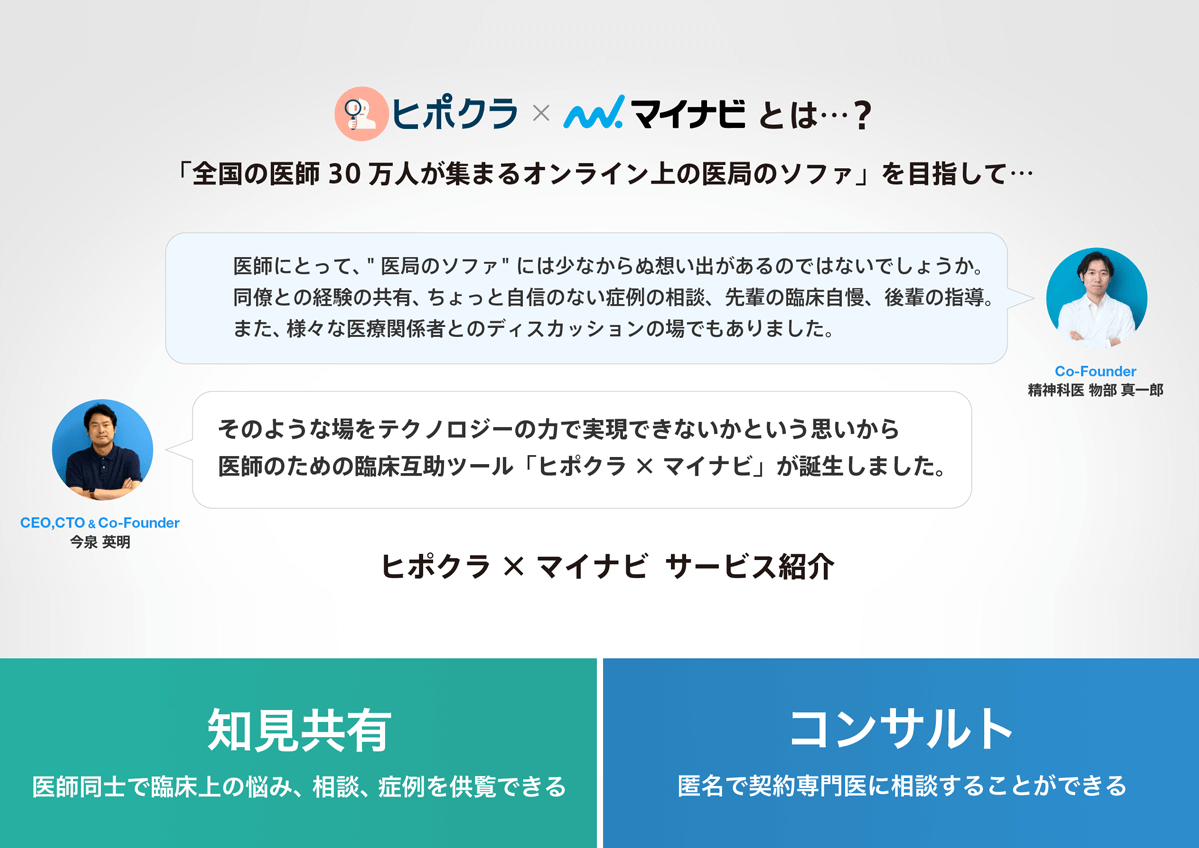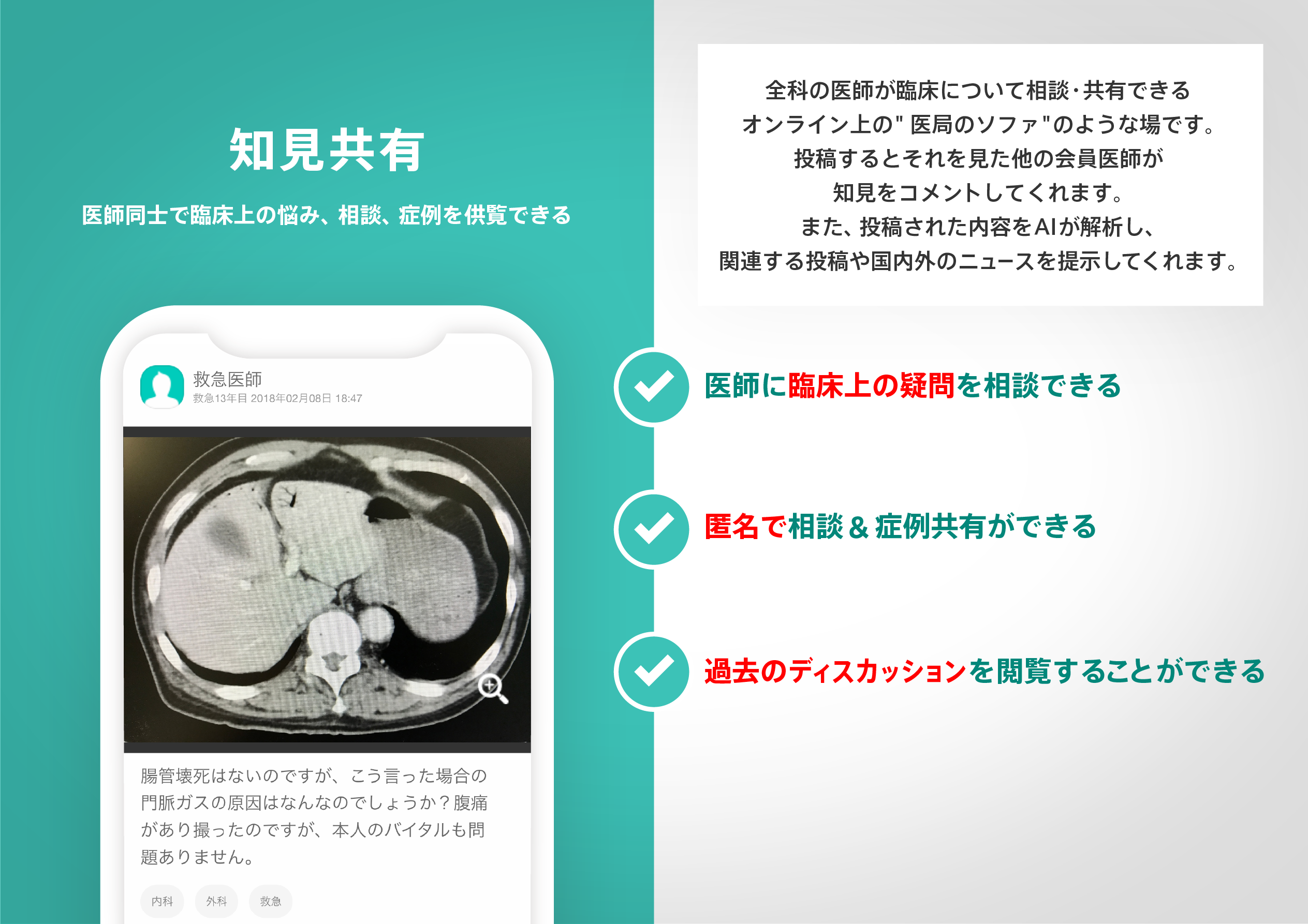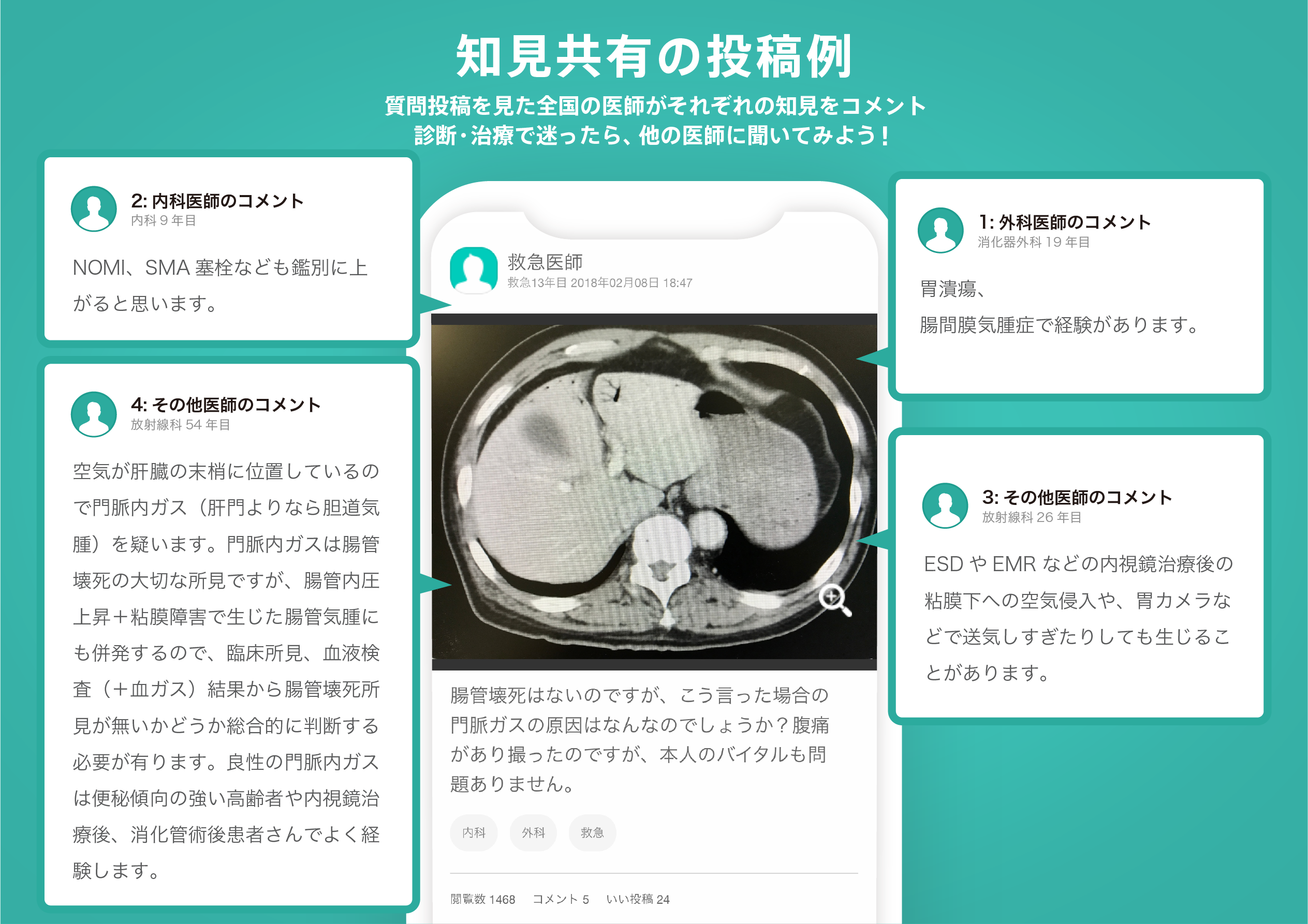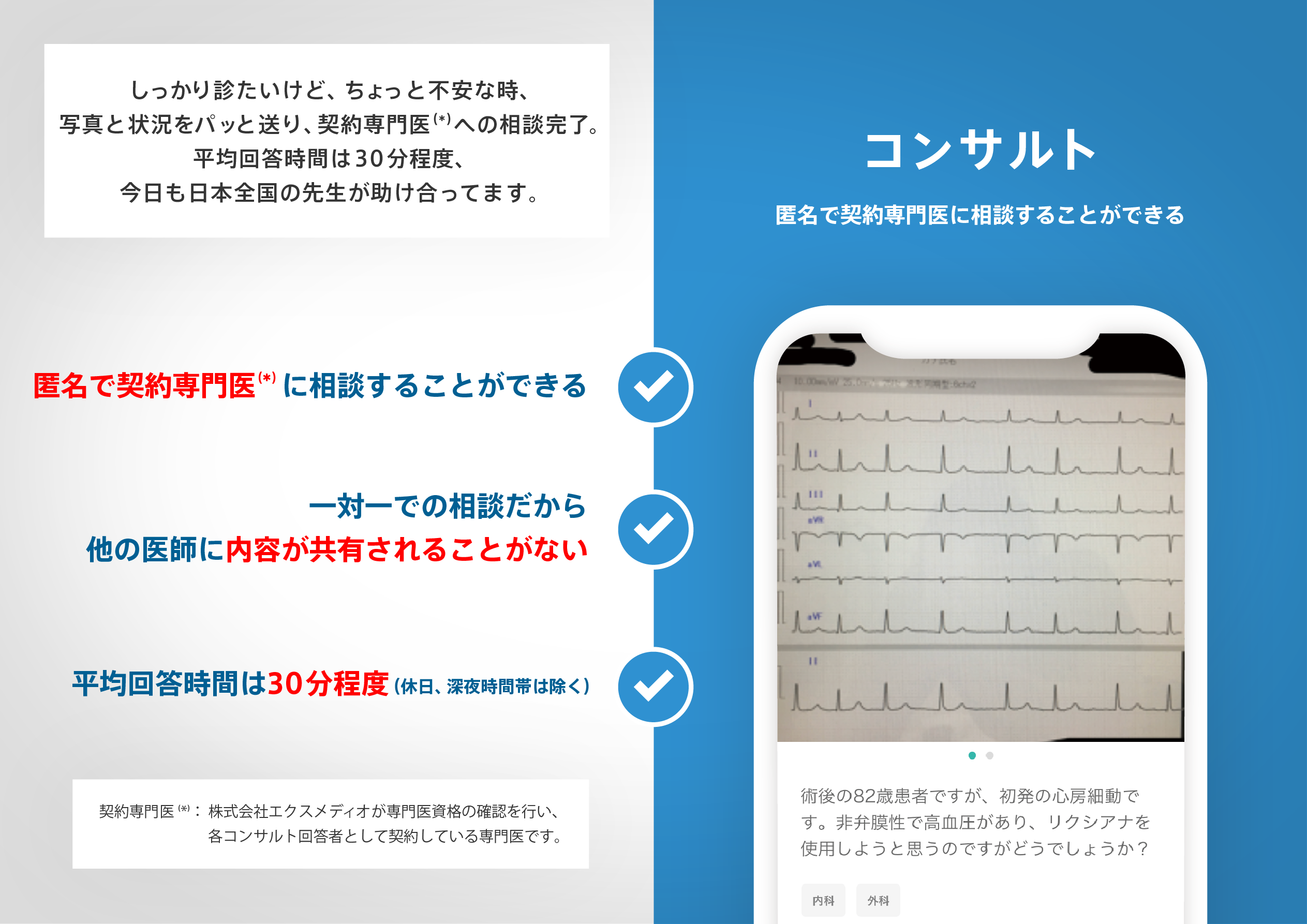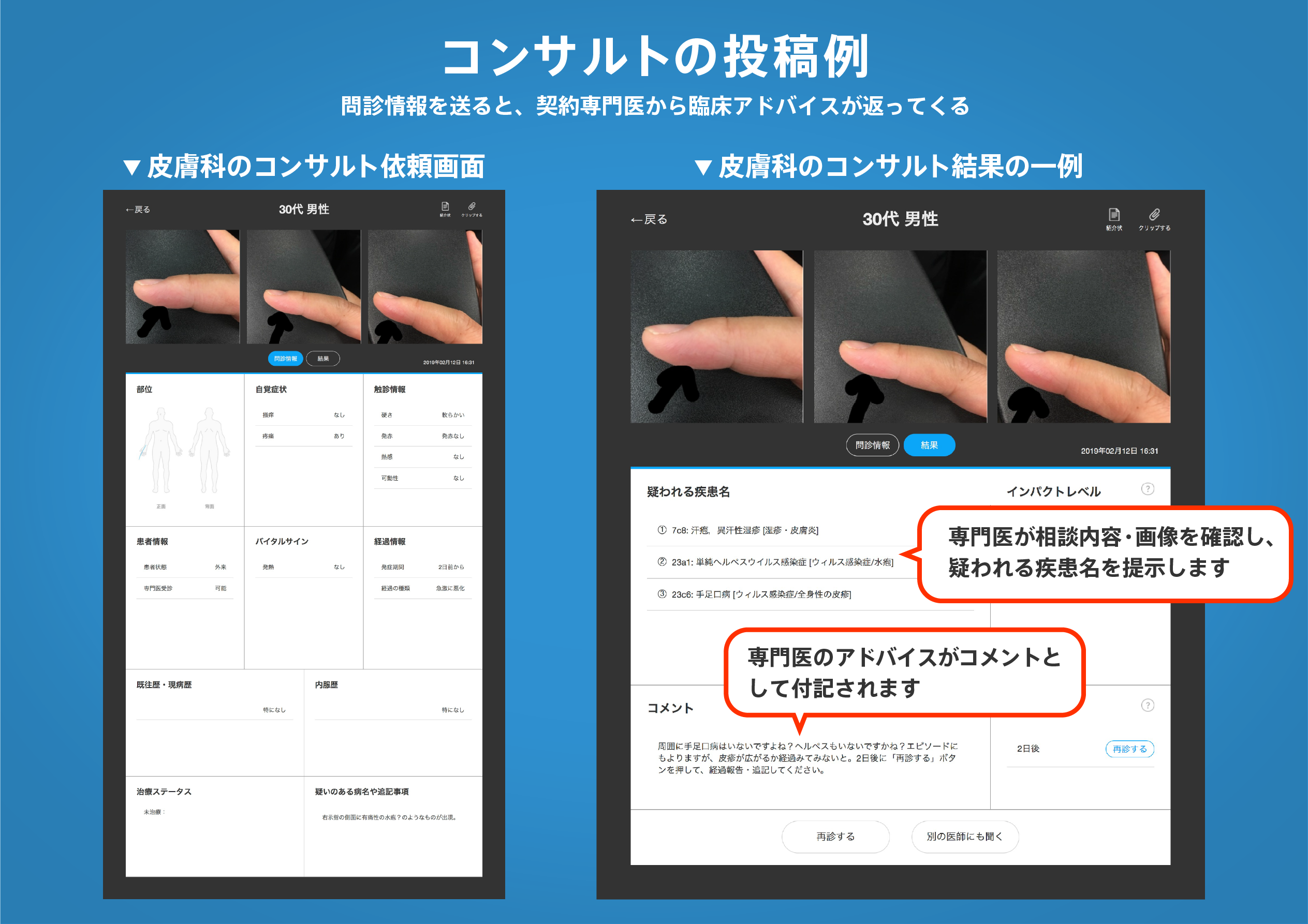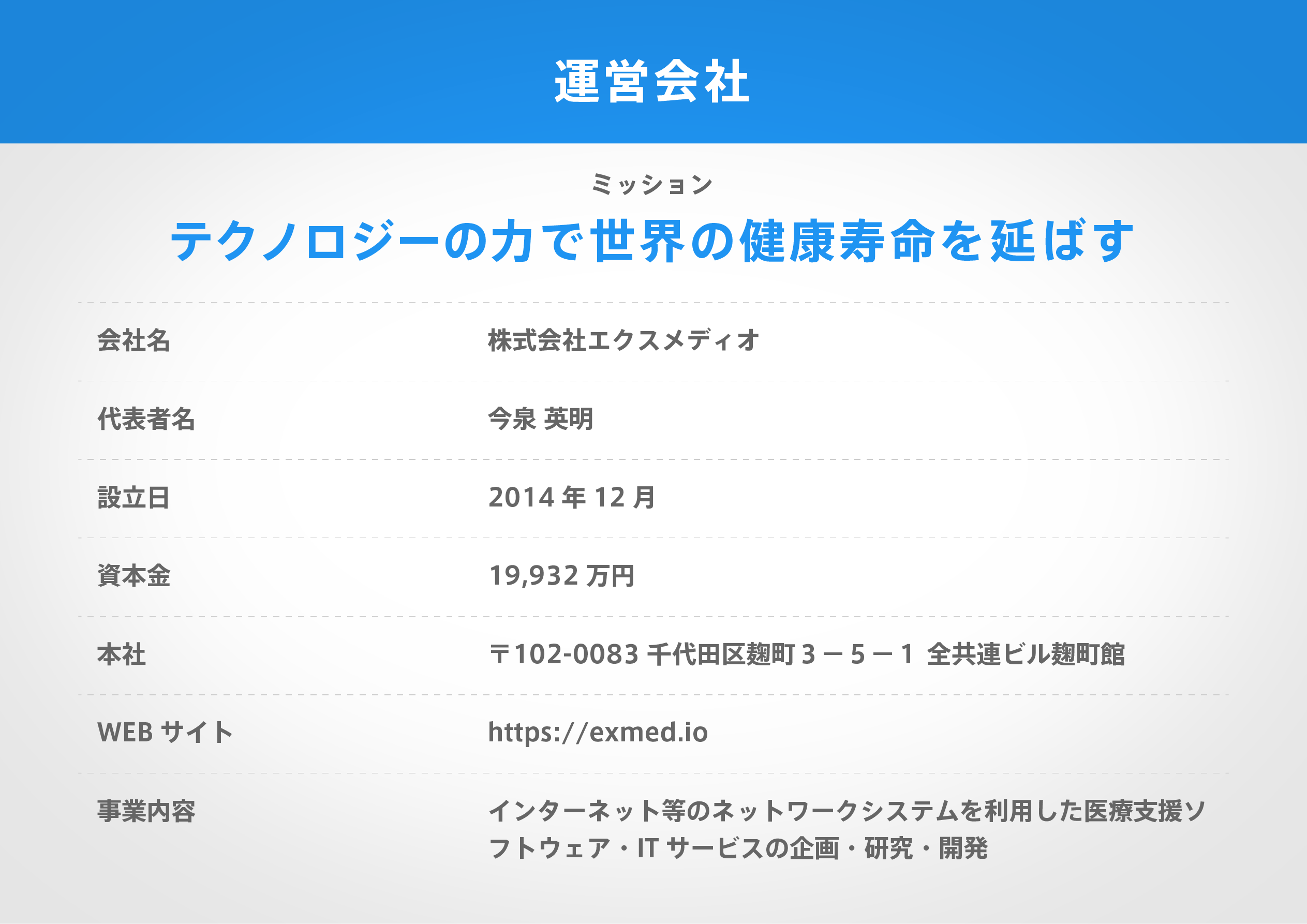著名医師による解説が無料で読めます
すると翻訳の精度が向上します
目的:地理情報システム(GIS)間の関連性を調べることは、小さな食料品店の顧客の間で小さな食料品店、ショッピングパターン、食事行動へのアクセシビリティを討論します。 デザイン:住宅住所と顧客ショッピングパターン(ショッピングの頻度、および果物や野菜の以前の購入)が顧客迎撃調査を通じて収集されました。住所はジオコーディングされ、GISに課された距離と参加者の住居から店までの運転時間が計算されました。食事の状態と行動は、皮膚カロテノイドの客観的な非侵襲的尺度、国立がん研究所の果物と野菜のスクリーナー、および砂糖のような飲料摂取量を評価するためのアイテムを使用して評価されました。距離と運転時間、人口統計、ショッピングの頻度、店舗での果物や野菜の事前の購入と食事行動との関連性を調べました。 設定:ノースカロライナ州の小さな食料品店(n 22)。 参加者:18歳以上の英語を話す顧客の横断的な利便性サンプル(n 692)。 結果:小さな店の近くに住んでいる参加者は、収入が低く、正式な教育を受け、黒人である可能性が高く、以前に店で果物や野菜を購入し、店で頻繁に買い物をした可能性が高くなりました。調整されたモデルでは、皮膚カロテノイド(N 644)は、マイルで自宅から店舗までの距離と正の関連がありました(p = 0・01)。 結論:店舗の近くに住んでいた顧客は、より頻繁に買い物客であり、店で以前に果物や野菜を購入していたが、皮膚のカロテノイドが低い可能性が高くなりました。これらの結果は、小さな食品小売店での健康的な食品の可用性と促進を高める方法を調べるための継続的な取り組みをサポートしています。
目的:地理情報システム(GIS)間の関連性を調べることは、小さな食料品店の顧客の間で小さな食料品店、ショッピングパターン、食事行動へのアクセシビリティを討論します。 デザイン:住宅住所と顧客ショッピングパターン(ショッピングの頻度、および果物や野菜の以前の購入)が顧客迎撃調査を通じて収集されました。住所はジオコーディングされ、GISに課された距離と参加者の住居から店までの運転時間が計算されました。食事の状態と行動は、皮膚カロテノイドの客観的な非侵襲的尺度、国立がん研究所の果物と野菜のスクリーナー、および砂糖のような飲料摂取量を評価するためのアイテムを使用して評価されました。距離と運転時間、人口統計、ショッピングの頻度、店舗での果物や野菜の事前の購入と食事行動との関連性を調べました。 設定:ノースカロライナ州の小さな食料品店(n 22)。 参加者:18歳以上の英語を話す顧客の横断的な利便性サンプル(n 692)。 結果:小さな店の近くに住んでいる参加者は、収入が低く、正式な教育を受け、黒人である可能性が高く、以前に店で果物や野菜を購入し、店で頻繁に買い物をした可能性が高くなりました。調整されたモデルでは、皮膚カロテノイド(N 644)は、マイルで自宅から店舗までの距離と正の関連がありました(p = 0・01)。 結論:店舗の近くに住んでいた顧客は、より頻繁に買い物客であり、店で以前に果物や野菜を購入していたが、皮膚のカロテノイドが低い可能性が高くなりました。これらの結果は、小さな食品小売店での健康的な食品の可用性と促進を高める方法を調べるための継続的な取り組みをサポートしています。
OBJECTIVE: To examine associations between geographic information systems (GIS)-assessed accessibility to small food stores, shopping patterns and dietary behaviours among small food store customers. DESIGN: Residential addresses and customer shopping patterns (frequency of shopping, and previous purchase of fruits and vegetables) were gathered through customer intercept surveys. Addresses were geocoded, and GIS-assessed distance and driving time from the participants' residence to the store were calculated. Dietary status and behaviours were assessed using an objective non-invasive measure of skin carotenoids, the National Cancer Institute Fruit and Vegetable Screener, and items to assess sugary beverage intake. Associations between distance and driving time, demographics, shopping frequency, prior reported purchase of fruits and vegetables at the store and dietary behaviours were examined. SETTING: Small food stores (n 22) across North Carolina. PARTICIPANTS: Cross-sectional convenience samples of English-speaking customers aged 18 years or older (n 692). RESULTS: Participants living closer to the small store had lower income and formal education, were more likely to be Black, more likely to have previously bought fruits and vegetables at the store and more frequently shopped at the store. In adjusted models, skin carotenoids (n 644) were positively associated with distance to the store from home in miles (P = 0·01). CONCLUSIONS: Customers who lived closer to the stores were more frequent shoppers and more likely to have previously purchased fruits and vegetables at the store yet had lower skin carotenoids. These results support continued efforts to examine how to increase the availability and promotion of healthful foods at small food retail stores.
医師のための臨床サポートサービス
ヒポクラ x マイナビのご紹介
無料会員登録していただくと、さらに便利で効率的な検索が可能になります。

